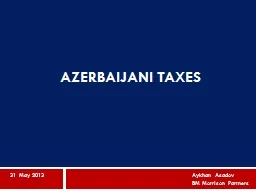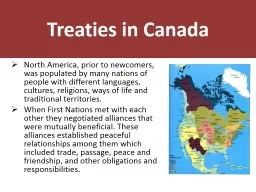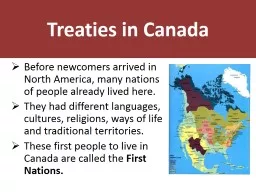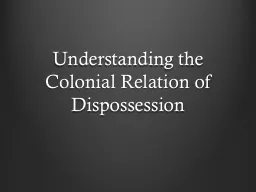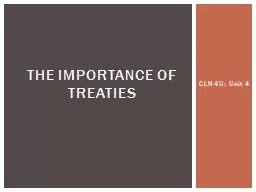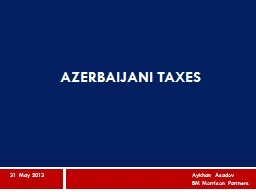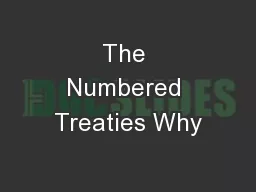PPT-The Other Paris Treaties
Author : jane-oiler | Published Date : 2016-07-02
Treaty of St Germain 1919 Signed with Austria Recognized Czechoslovakia 3 million Germans Creation of Yugoslavia Poland gained Galicia Italy received South
Presentation Embed Code
Download Presentation
Download Presentation The PPT/PDF document "The Other Paris Treaties" is the property of its rightful owner. Permission is granted to download and print the materials on this website for personal, non-commercial use only, and to display it on your personal computer provided you do not modify the materials and that you retain all copyright notices contained in the materials. By downloading content from our website, you accept the terms of this agreement.
The Other Paris Treaties: Transcript
Download Rules Of Document
"The Other Paris Treaties"The content belongs to its owner. You may download and print it for personal use, without modification, and keep all copyright notices. By downloading, you agree to these terms.
Related Documents


